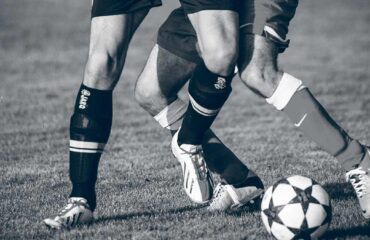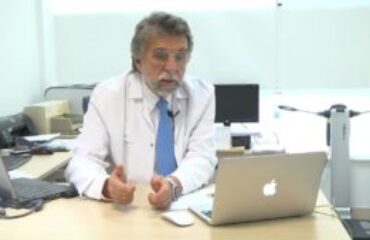1. Accuracy and reliability of the InBody 270 multi-frequency body composition analyser in 10-12-year-old children.
Larsen MN, Krustrup P, Araújo Póvoas SC, Castagna C
Department of Sports Science and Clinical Biomechanics, SDU Sport and Health Sciences Cluster (SHSC), Faculty of Health Sciences, University of Southern Denmark, Odense, Denmark.
120 children were evaluated using Bioimpedance BIA (InBody 270) and the gold standard DEXA (Lunar Prodigy) at baseline conditions. Data analyses were carried out separately for girls and boys. Nearly perfect associations and excellent inter-device reliability were found between DEXA and BIA, but muscle mass and body fat were underestimated and overestimated by BIA, respectively, for the boys and girls.
PLoS One. 2021 Mar 26;16(3):e0247362. doi: 10.1371/journal.pone.0247362. eCollection 2021.
2. Success Factors in the FIFA 2018 World Cup in Russia and FIFA 2014 World Cup in Brazil.
Lepschy H, Woll A, Wäsche H.
Institute of Sports and Sports Science, Karlsruhe Institute of Technology (KIT), Karlsruhe, Germany.
During the World Cup 2018 in Russia and the World Cup 2014 in Brazil, a total of 128 matches were analyzed using a generalized order logit approach of 29 variables identified from previous research. Defensive errors, goal efficiency, duel success, tackles success, shots from counterattacks, clearances, and crosses had a significant influence on winning a match during those tournaments. Ball possession, distance, and market value of the teams had no influence on success. Overall, most of the critical success factors and those with the highest impact on winning close games were defensive actions. Moreover, the results suggest that direct play and pressing were more effective than ball possession play.
Front Psychol. 2021 Mar 9;12:638690. doi: 10.3389/fpsyg.2021.638690. eCollection 2021.
3. Optimal Pretaper Phase on Physical Match Performance in Professional Soccer.
Moalla W, Fessi MS, Nouira S, Mendez-Villanueva A, Di Salvo V, Ahmaidi S.
The training load was monitored during daily training sessions and matches during 2 seasons according to different periodization strategies in a professional soccer team. High-speed running, sprinting, and high-intensity running were significantly higher after a period of 3 standard weeks of training followed by 1 taper week when compared to 2 and 4-weeks pretaper mesocycles, with best results when the training load was decreased by approximately 18% during the tapering period.
Int J Sports Physiol Perform. 2021 Mar 23:1-7. doi: 10.1123/ijspp.2020-0334.
4. Unique diagnostic signatures of concussion in the saliva of male athletes: the Study of Concussion in Rugby Union through MicroRNAs (SCRUM).
Di Pietro V, O’Halloran P, Watson CN, et al.
University of Birmingham, Institute of Inflammation and Ageing, Birmingham, UK v.dipietro@bham.ac.uk.
Salivary small non-coding RNAs (sncRNAs) were obtained from 1028 male professional players in the top two tiers of England’s elite rugby union competition across two seasons (2017-2019). A combined panel of 14 sncRNAs could differentiate concussed subjects immediately after the game and 36-48 hours later.
5. Chronic and Recurrent Rectus Femoris Central Tendon Ruptures in Athletes: Clinical Picture, MRI Findings, and Results of Surgical Treatment.
Lempainen L, Kosola J, Valle X, Puigdellivol J, Ranne J, Orava S, Pruna R.
Sports Trauma Research Unit, Hospital Mehiläinen NEO, Turku, Finland.
This study included 12 athletes who underwent repair of recurrent rectus femoris central tendon rupture. All of them were able to return to the preinjury level of sport at 2.5 to 4 months postoperatively, 10 (83%) without any symptoms, and 2 (17%) with some residual mild discomfort during sports. The surgical treatment of rectus femoris central tendon rupture seems to be a good option in chronic or recurrent cases.





